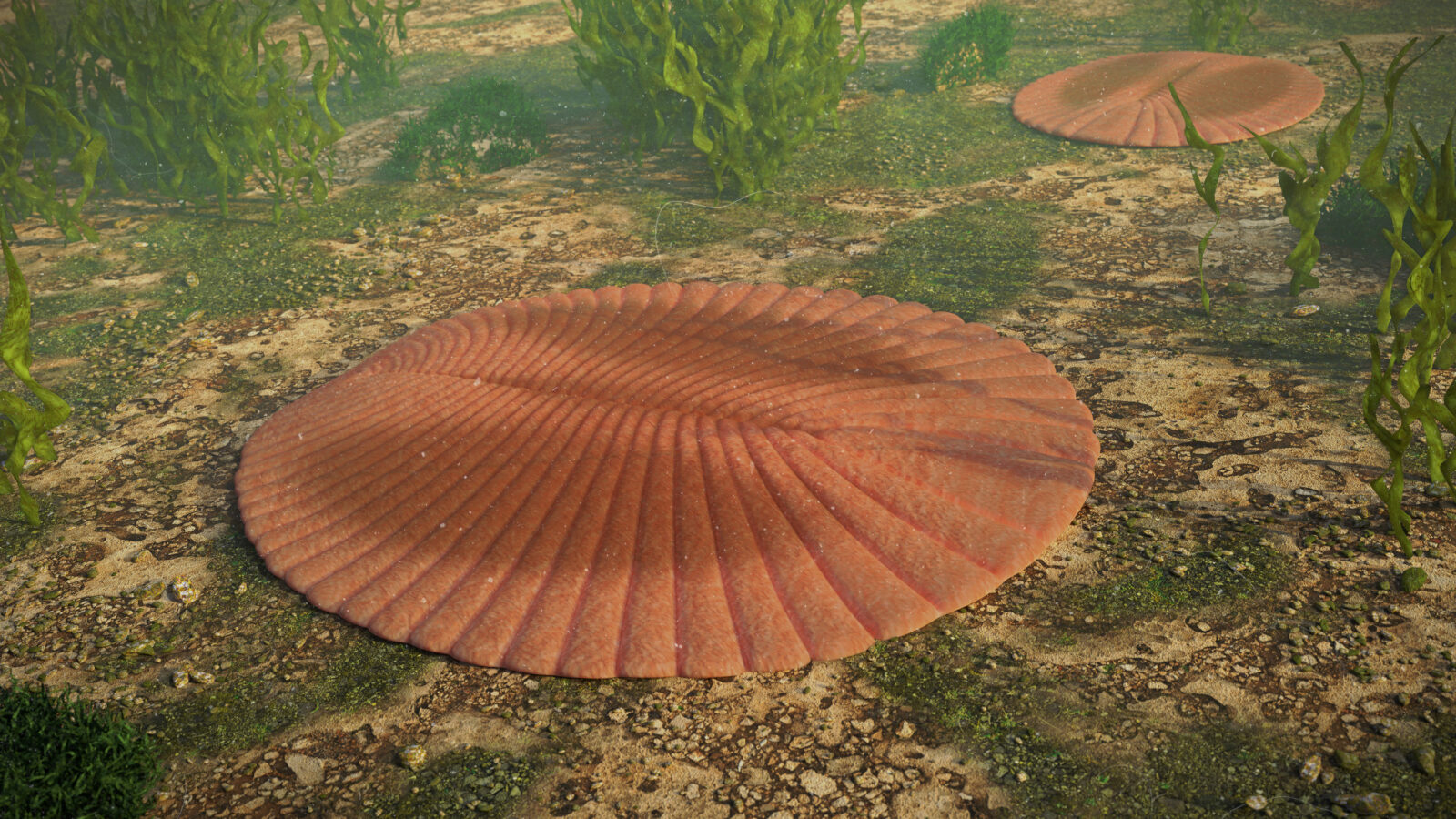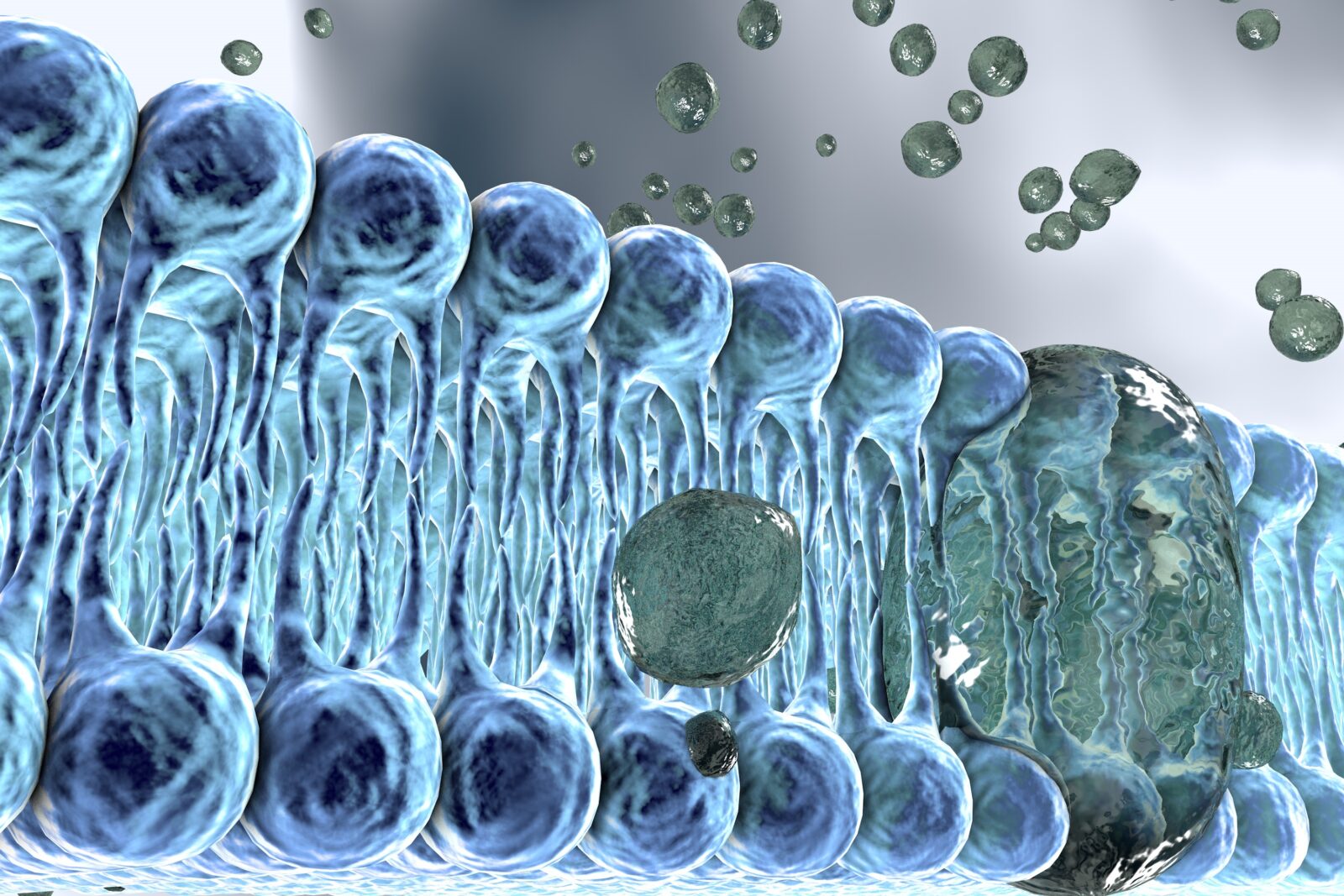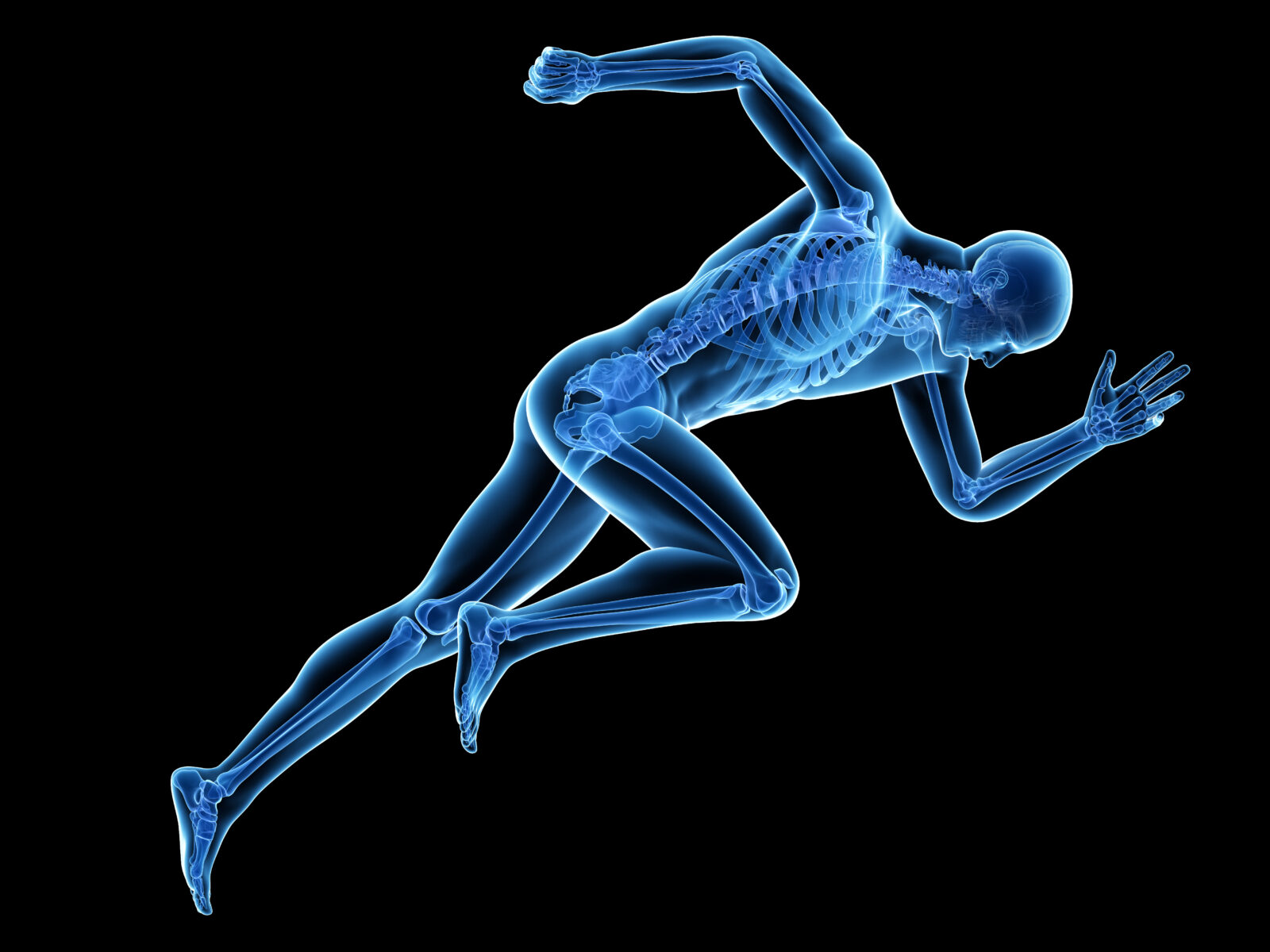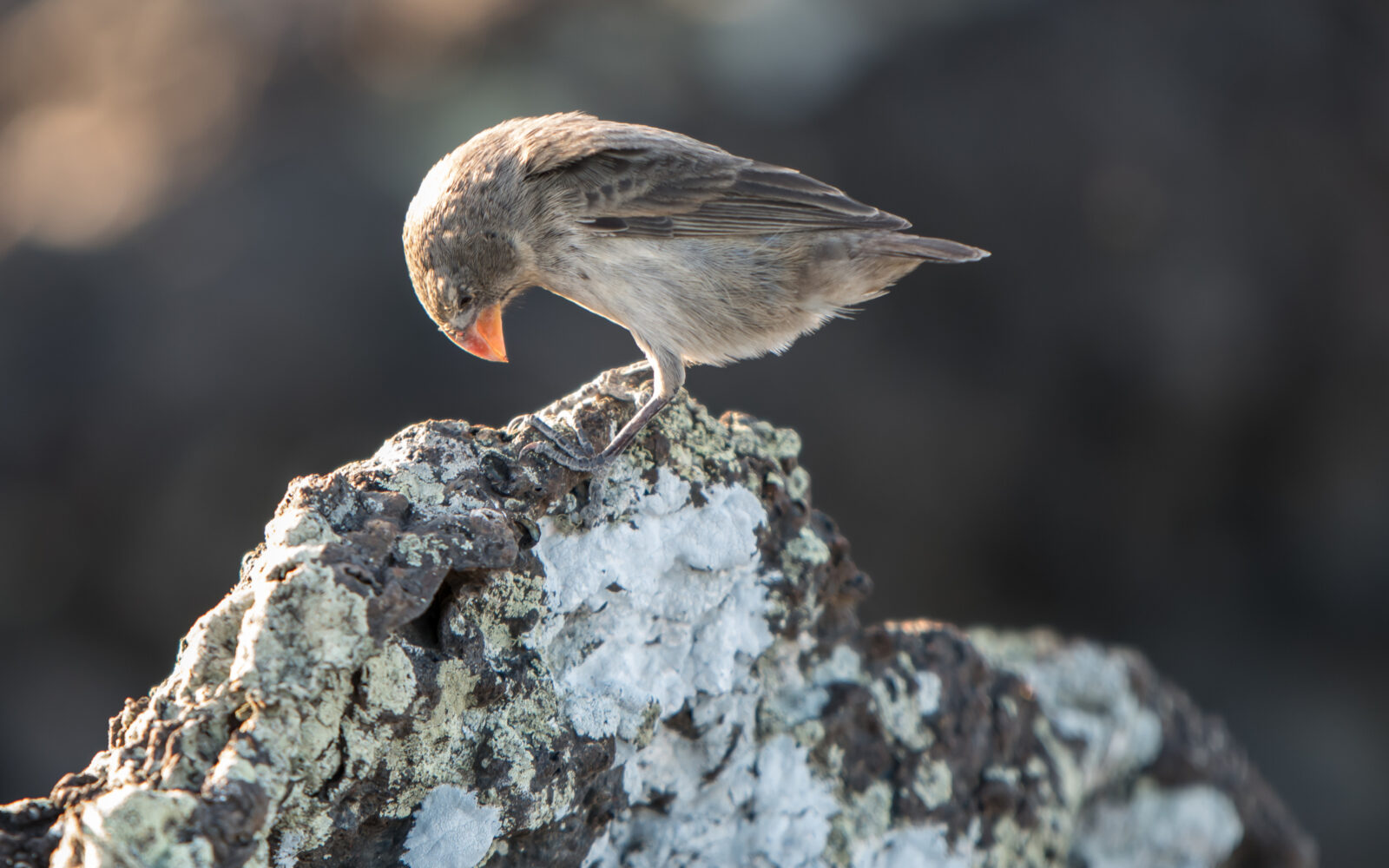


Günter Bechly on Why Seventy Years of Textbook Wisdom Was Wrong

Berlinski: Why Humans Are Unique in the World of Matter

Design or Chance? Casey Luskin on The Andrew Klavan Show

The Innovative Cellular Engineering That Keeps Us Alive

Why Intelligent Design Best Explains the Fossil Record Data

Engineering, not Evolution, Explains the Body

Is Adaptation Actually a Fight to Stay the Same?

How Faith Can Improve Rigor and Creativity in Scientific Research

Your Designed Body: “Irreducible Complexity on Steroids”
On today’s ID the Future, Your Designed Body co-author and physician Howard Glicksman talks with host and neurosurgery professor Michael Egnor about Glicksman’s new book, co-authored with systems engineer Steve Laufmann. Glicksman walks through a series of systems in the human body that are each irreducibly complex, and are each part of larger coherent interdependent systems. As Glicksman puts it, the human body is “irreducible complexity on steroids.” How could blind evolutionary processes, such as neo-Darwinism’s joint mechanism of natural selection working on random genetic mutations, build this bio-engineering marvel? Your Designed Body makes the case that it couldn’t. It’s not even close. What is required instead is foresight, planning, and engineering genius.